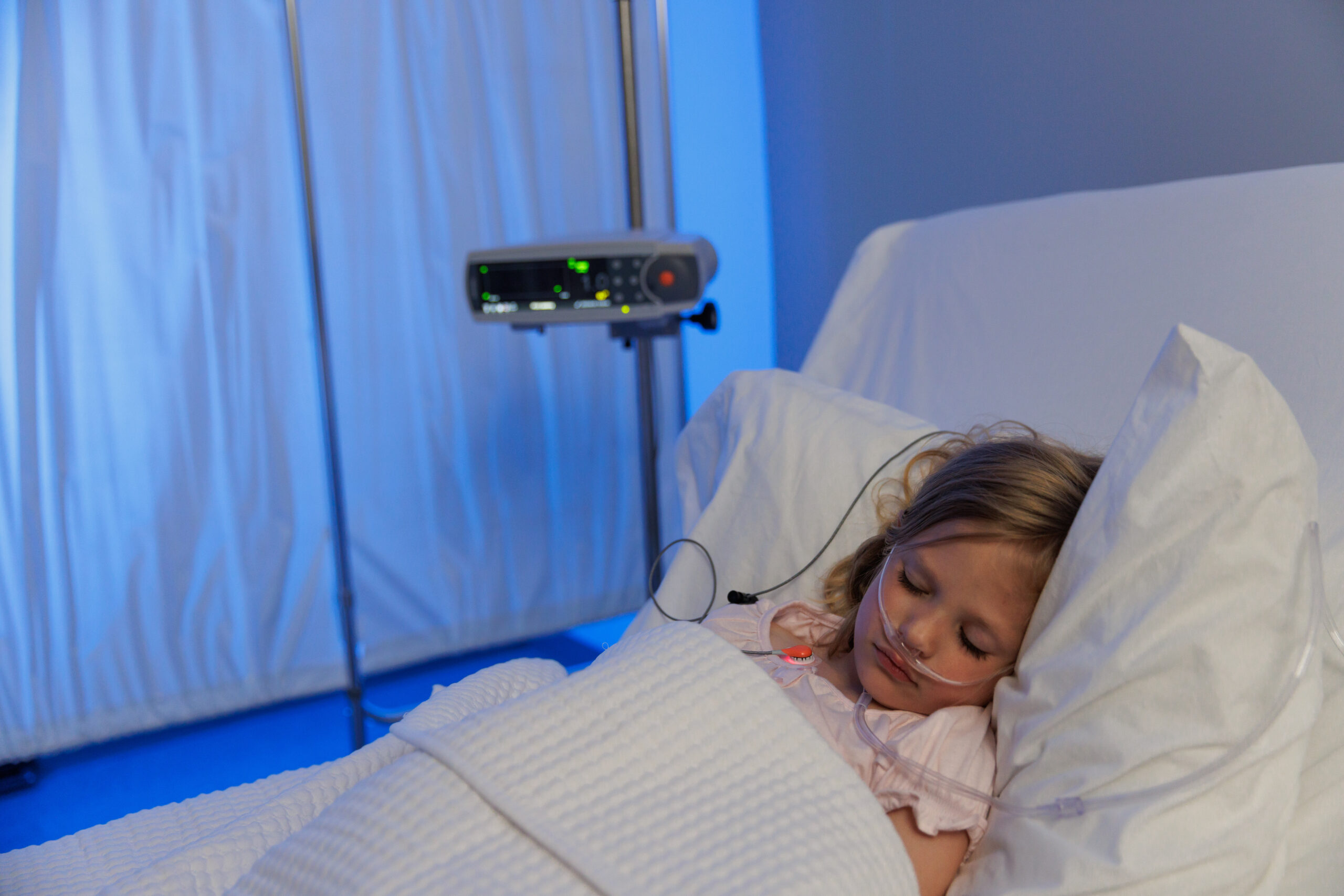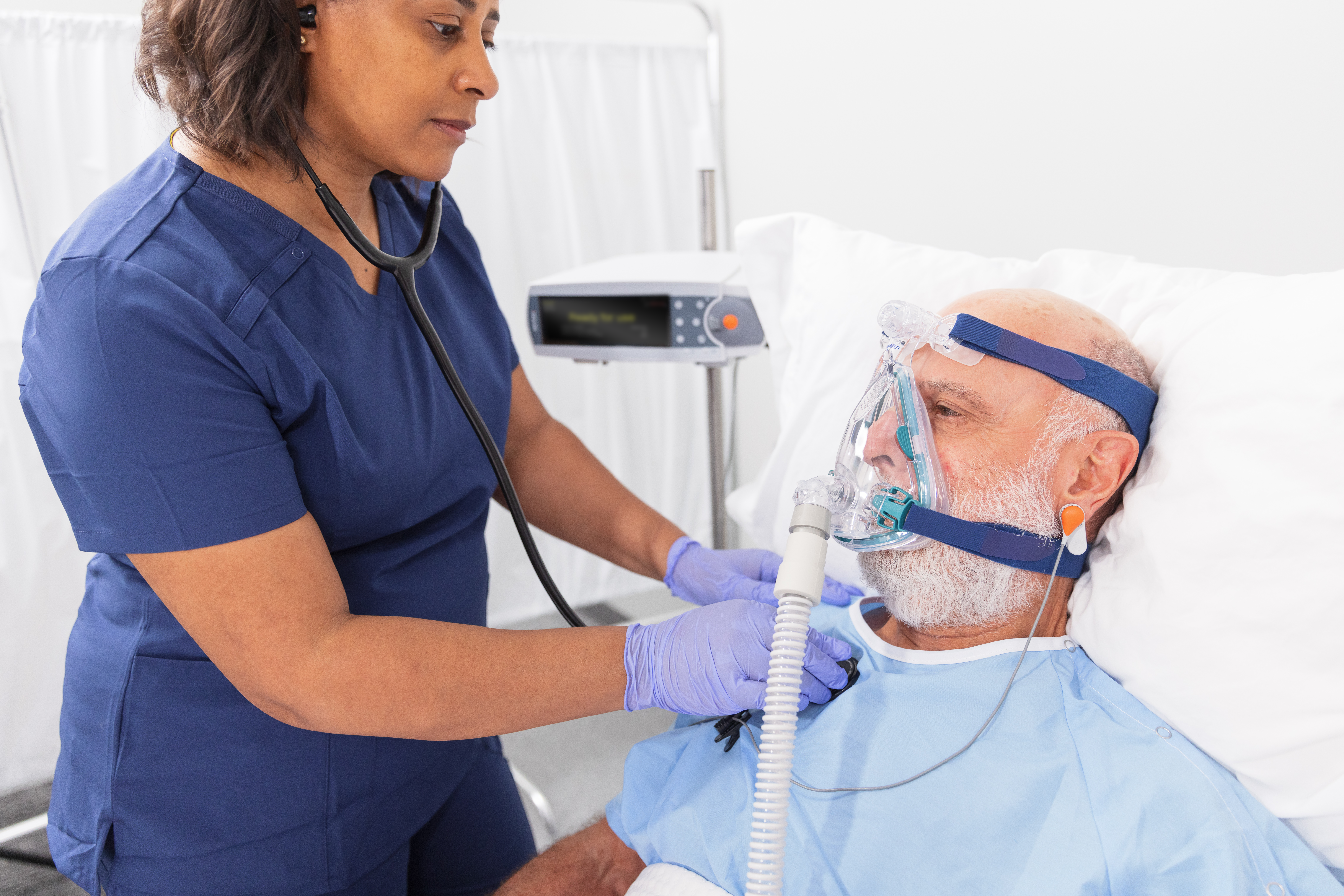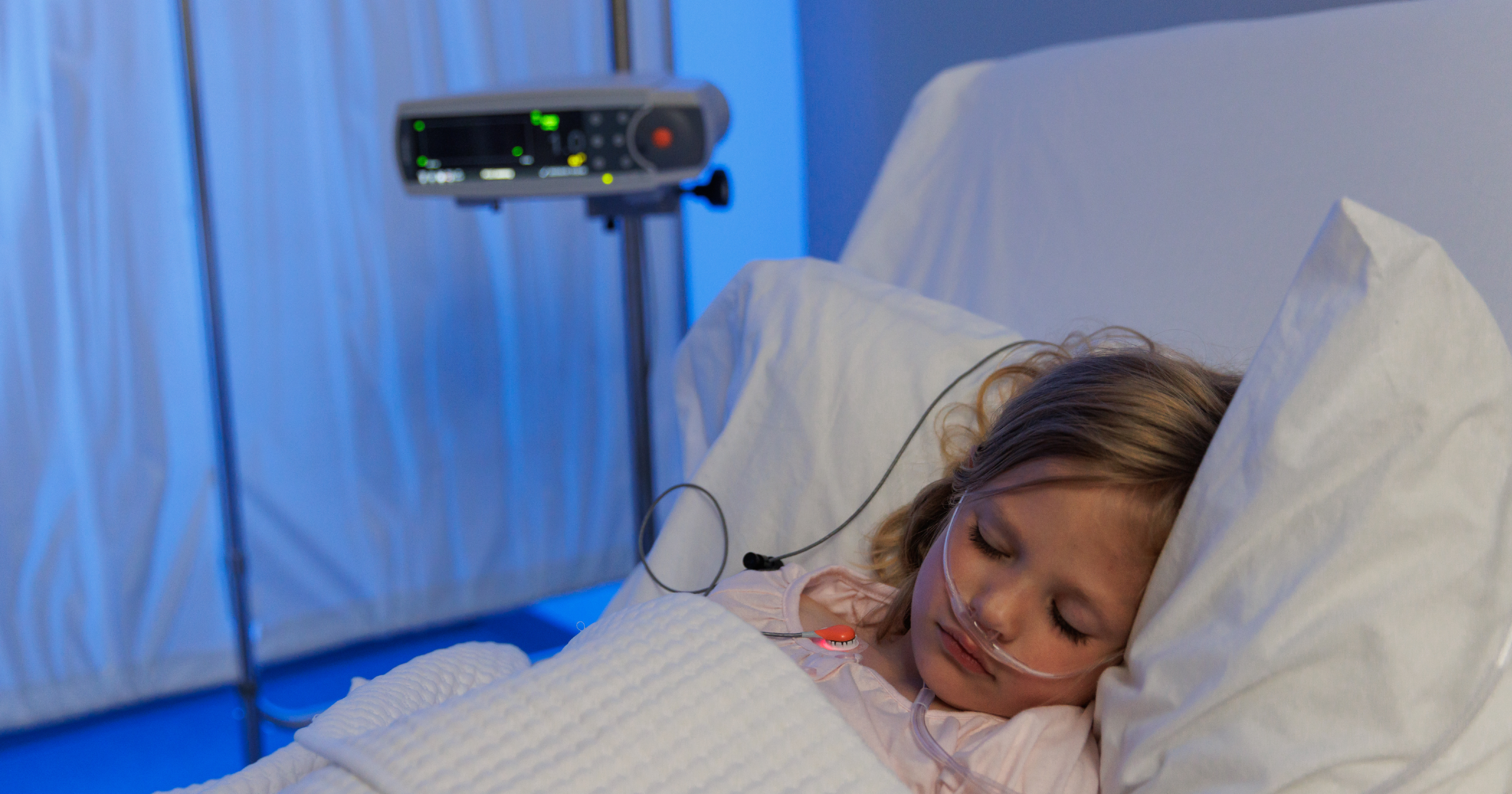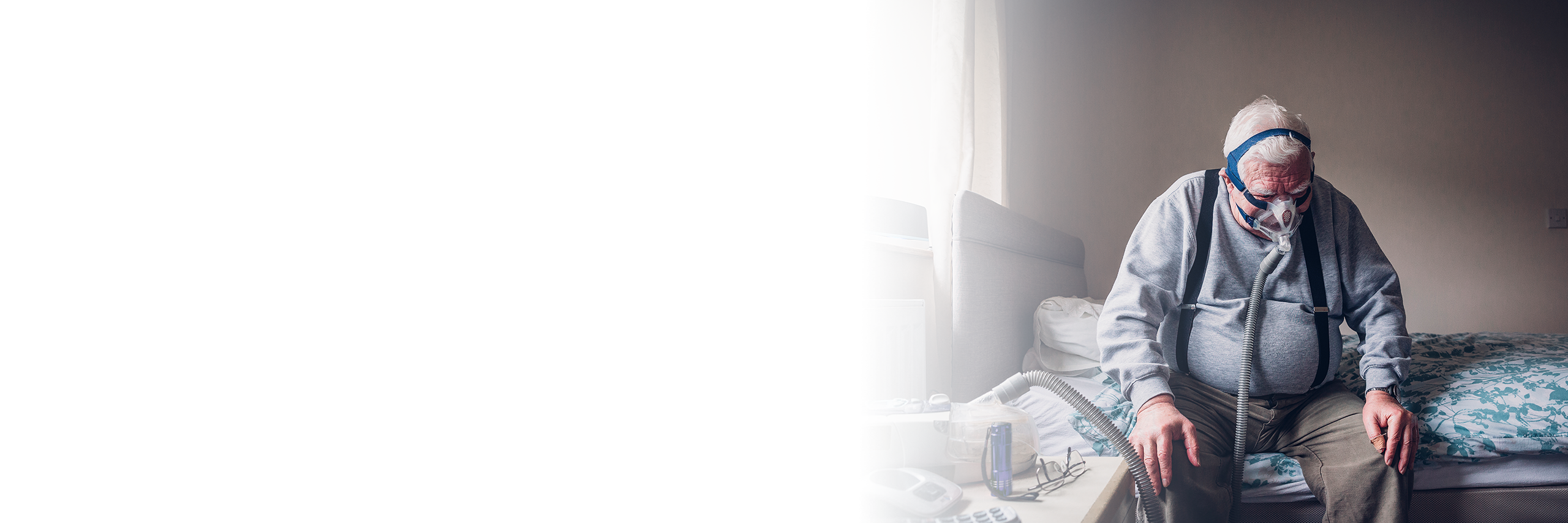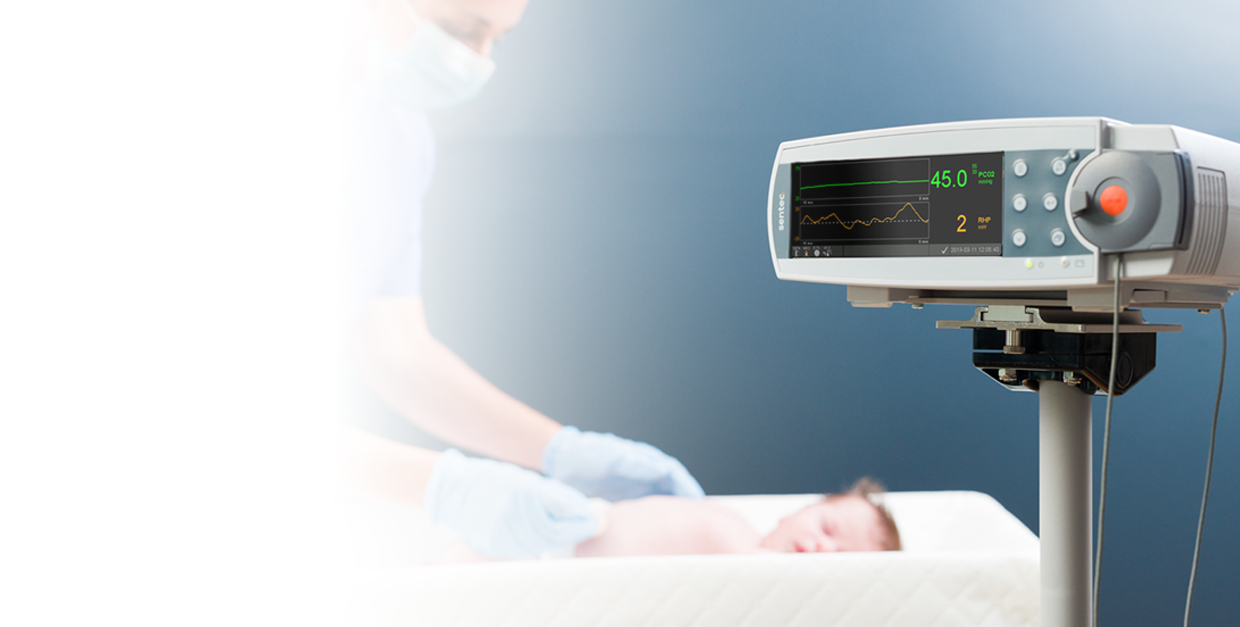MENU
- Guest Article
Transcutaneous CO2 Monitoring in Pediatric Sleep Studies: Case Studies from Nemours Children’s Hospital
In the Pediatric Sleep Center at Nemours Children’s Hospital, transcutaneous CO2 monitoring is a valuable tool that we use for both routine and complex cases.
- Sentec Article
Targeting CO2 to Improve Outcomes in Patients with Chronic Hypercapnia
A growing body of research raises an important question: Are patients with chronic hypercapnic respiratory failure being adequately managed? For these individuals, the presence of elevated CO2 levels alongside normal or near-normal pH levels — a result of renal compensation — is often overlooked.
- Product Spotlight
10 Reasons To Choose Sentec tcPCO2 Monitoring For Your Sleep Lab
With product features designed for the sleep lab, the Sentec Transcutaneous Monitoring System combines ease of use and patient comfort with accurate values regardless of ventilation method or ventilation perfusion (V/Q) mismatch.
- Sentec Article
How Often Should PCO2 Be Monitored in Chronic Hypercapnic Patients? Are Current Practices Enough?
Chronic hypercapnia, characterized by elevated levels of CO2, poses a significant challenge for individuals with conditions like chronic obstructive pulmonary disease (COPD), neuromuscular disorders (NMD), and obesity. Although the negative effects of chronic hypercapnia are widely acknowledged, researchers at the University of Michigan are shedding light on the true urgency of its management.
- Whitepaper
Challenging Patients, Limited Visibility: Prioritizing NIV in the PICU
This whitepaper discusses three pediatric patient populations that are difficult to manage on mechanical ventilation and how continuous monitoring of CO2 can serve as a powerful tool to support noninvasive ventilation (NIV) strategies and therapies in the PICU.
- Product Spotlight
Storage, Mounting, and Facility Planning for Transcutaneous Monitoring
There is a long list of decisions to make when adopting new technology in a hospital unit, and transcutaneous monitoring is no exception. Some of the most overlooked decisions in our experience are those around mounting and storing the devices both during monitoring, while not in use, as well as for performing maintenance.
